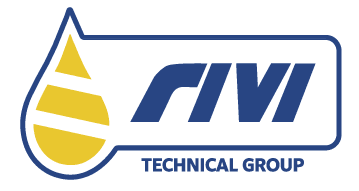Lubrication
systems and equipment
Mist generation
It is a centralized lubrication system where a compressed gas, generally air, is used to atomize the oil: the mist is conducted in a low pressure system to the different lubricant application points.
The oil is atomized by an airflow through a Venturi or Vortex tube. The baffles cause heavy oil particles to settle and return to the tank. The resulting air-oil mixture is the Mist, which contains oil particles whose average diameter is 1-2 microns. These can be led to the application fittings (recondensers) through the distribution pipes at a speed of up to 7.5 m/s. At the lubricant application points, the oil particles created by the air condense and settle on the surface at sufficient speed to produce adhesion.
These particles can be transported within a radius of 150 m through the distribution pipe. Excessive speed will cause mist to condense inside the pipe and insufficient speed will cause oil particles to precipitate due to gravity.
This system has no moving parts, making it very reliable.
The Mist can be introduced into closed spaces if the surfaces to be lubricated rotate within a certain speed. The speed of the gears, chains or other rotating elements will cause such condensation on these parts that it will guarantee good lubrication.
For most of the points to be lubricated, the application fittings (recondensers, reclassifiers) must be calculated for the condensing function. An adequate pressure drop through an application fitting creates a sufficient mist speed (greater than 30 m/s) to cause turbulent flow. If the fitting passage length is much longer than the passage diameter (a minimum length of 6 diameters for a pressure drop of approx. 200 mm H2O), there will be a sufficient turbulence zone to cause good condensation. Recondensers in an application fitting increase the condensing action, hence almost all oil particles are separated, becoming oil droplets.
Mist systems are designed to keep the delivery pressure between 125 and 1,000 mm H2O in relation to its specific application. The delivery pressure is chosen for each application based on the types of fittings used, the oil viscosity and the roughness of the surfaces to be lubricated.


